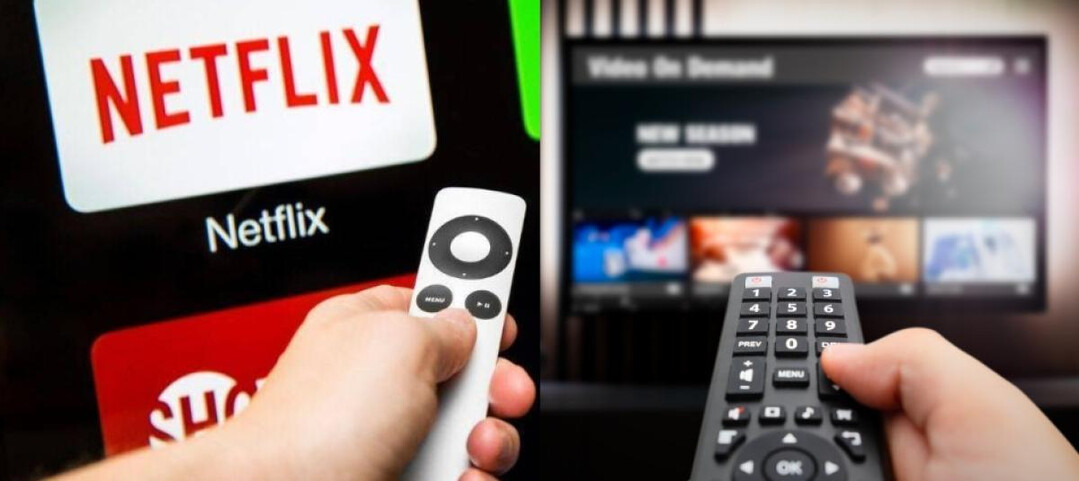
Netflix has announced that it will be discontinuing support for older smart TVs, beginning in 2025. This means that many televisions manufactured before 2014, and some models from 2015, will no longer be able to download, update, or use the Netflix app, even if it's already installed.
The streaming giant's decision is aimed at optimizing its service and ensuring a user experience that aligns with current standards in terms of viewing quality, interactivity, and data security.
Affected Models and Brands
A wide range of television models from well-known brands such as Sony, Samsung, LG, and Panasonic will be impacted by this change. Sony's Bravia series, including models like KDL, XBR, W95, W85, X85, X9, and X95, are among those that will lose Netflix compatibility due to limited processing power, memory, and technical support.
Reasons Behind the Change
Netflix's decision is driven by the need to provide a consistent and high-quality user experience. Older televisions often struggle to support the latest features and performance improvements, making it difficult for Netflix to implement new functionalities.
Additionally, by focusing on newer devices, Netflix can optimize its platform's resources and align with the industry's trend toward planned obsolescence.
Impact on Users
For users with older televisions, this change may present significant challenges. Those who rely on these devices to access Netflix may need to purchase new televisions or external streaming devices to continue using the service.
Alternatives for Affected Users
Several options are available for users whose televisions are no longer supported:
External Streaming Devices: Devices like Chromecast, Amazon Fire Stick, or Apple TV can be connected to older televisions to provide access to Netflix and other streaming services.
Television Upgrade: Upgrading to a newer television model is another option, offering access to a wider range of features and improved performance.
Industry Trends and Consumer Impact
Netflix's move is part of a broader trend in the tech industry, where companies prioritize the development of new products and services. While this approach drives innovation, it also raises concerns about the impact of planned obsolescence on consumers.
As streaming platforms continue to introduce new features and enhance viewing experiences, they require more powerful and modern devices. This creates a cycle where older devices become obsolete more quickly, putting pressure on consumers to upgrade.
Possible concluding paragraph:
The phasing out of support for older televisions by Netflix highlights the rapid pace of technological advancement and the challenges it poses for consumers. While companies strive to provide the best possible user experience, it's essential to consider the environmental and economic implications of planned obsolescence. As technology continues to evolve, consumers must weigh the benefits of new features against the costs of frequent upgrades.
[Copyright (c) Global Economic Times. All Rights Reserved.]






























